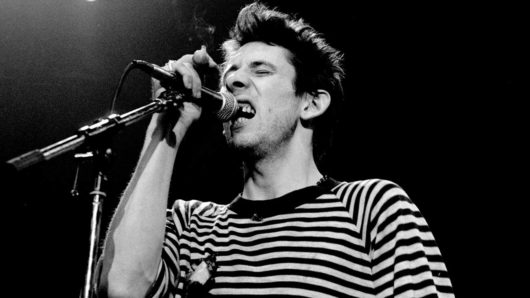Renowned for his virtuosity and showmanship, the late, lamented Eddie Van Halen will always rank highly among the greatest guitarists in history. Yet, while this trailblazing performer’s life and times have been well documented, there are some lesser-known chapters to his story. Here are some Eddie Van Halen facts you need to know…
Listen to the best of Van Halen here, and check out our Eddie Van Halen facts, below.
10 Eddie Van Halen Facts You Need To Know
1: English wasn’t Eddie Van Halen’s first language
Almost two years younger than his brother, Alex, Eddie (born Edward Lodewijk Van Halen) entered the world in Amsterdam, on 26 January 1955, and the two boys primarily spoke Dutch during their formative years. Their father, Jan Van Halen, was a jazz pianist, clarinettist and saxophonist working for the Dutch Air Force, and the family lived a nomadic life. After spending six years in Indonesia (then the Dutch East Indies), they moved back to the Netherlands for a spell before finally relocating to the US in 1962. After settling near to other Van Halen family members in Pasadena, California, Eddie and Alex gradually learnt English, which became their favoured language during their early teens.
2: He was originally a drummer…
Thanks to their father’s profession, Eddie and Alex developed a love of music early in life, but their introduction to musical instruments could have seen them play very different roles in rock history. Speaking to Guitar Player magazine in 1978, Eddie revealed, “When we first came to the US, I started playing drums, and my brother was taking guitar lessons – flamenco, nylon strings, stuff like that.” However, while Eddie was out on his paper round, raising money to pay off his drum kit, Alex took the opportunity to learn his brother’s instrument, too. “Eventually he got better,” Eddie explained. “I mean, he could play [The Surfaris’ 1963 hit] Wipe Out, and I couldn’t, so I said, ‘You keep the drums. I’ll play a guitar.’”




